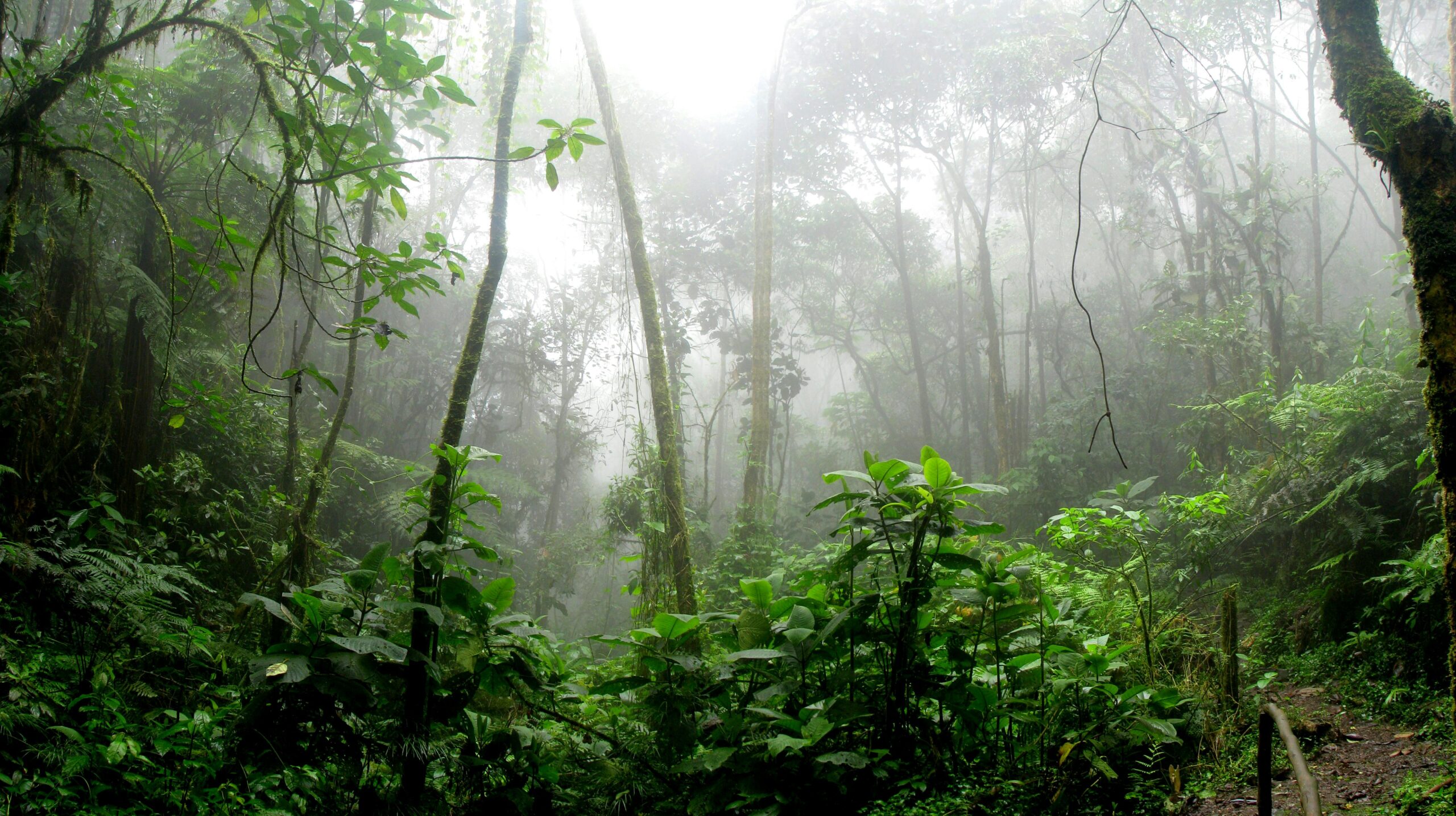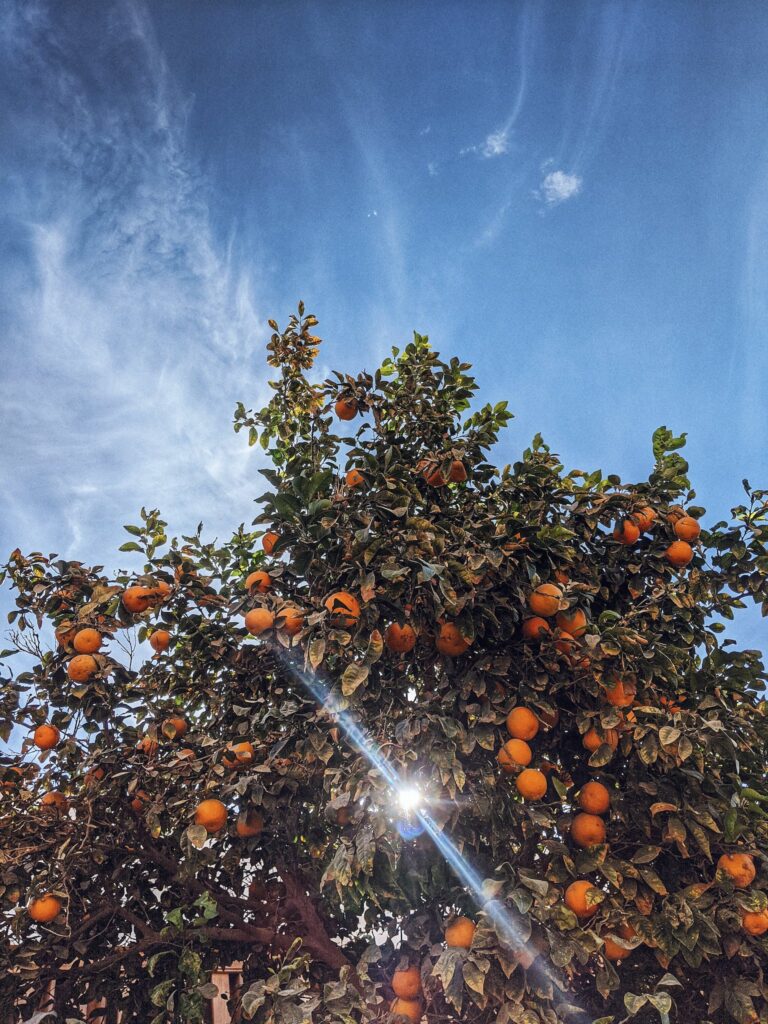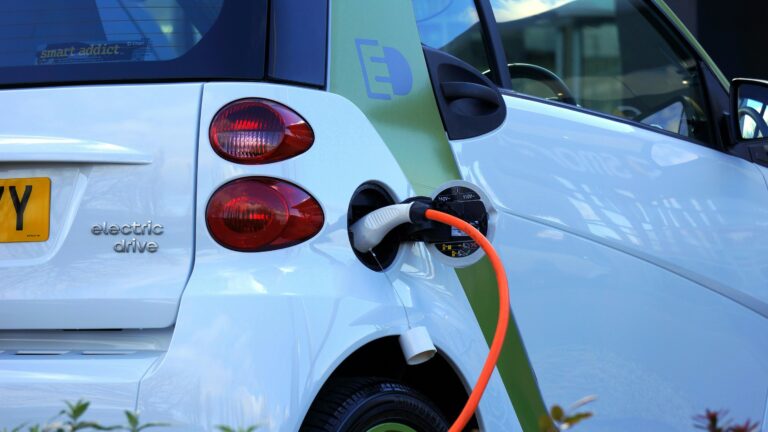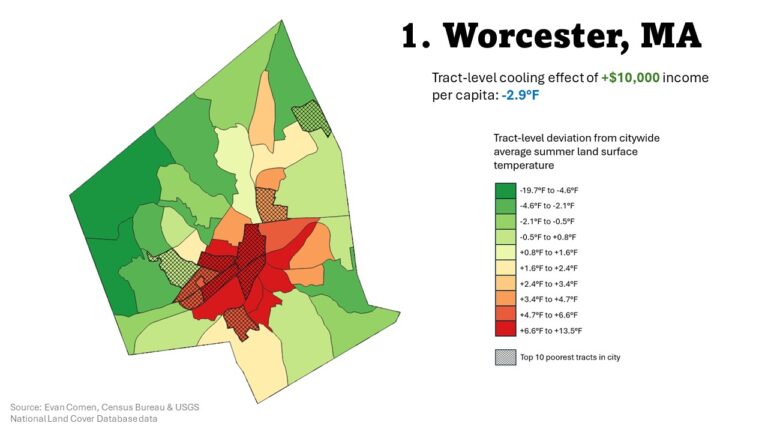The Amazon Rainforest May be Beyond Saving Within the Next 20 Years

The Amazon Rainforest covers an area of about 2.3 million square miles across eight countries in South America. Though it accounts for less than 1% of Earth’s land area, as an ecological entity, the Amazon has an outsized role in the global ecosystem.
Due to its location in the equatorial zone between the Atlantic Ocean and the Andes mountains, as well as its biodiversity and size, the Amazon biome is critical for global climate regulation. According to the World Wide Fund for Nature, the Amazon is home to 18% of the world’s vascular plant species. These plants, as well as the rainforest’s soil, are estimated to be storing as much as 200 billion tons of carbon.
If released into the atmosphere, this carbon would be more than enough to raise global temperatures by 1.5 degrees Celsius, the upper limit of the long-term temperature goal established by the Paris Agreement. As climate change and emissions reduction have become priorities for governments around the world, preservation of the Amazon Rainforest has taken on a renewed urgency. But decades of deforestation and degradation have already pushed the Amazon to a tipping point, beyond which conservation efforts may be futile.
According to a recent report from the Council on Foreign Relations, as much as 20% of the Amazon Rainforest has been destroyed in the last 50 years. Based on these estimates, the rainforest has lost an average of about 6,000 square miles every year since the early 1970s – and recent studies have shown that if another 5% of the Amazon is lost, the entire ecosystem may be so altered it could lose its capacity for resilience and recovery.
As with many human-caused factors driving climate change, deforestation in the Amazon is driven largely by short-term, economic incentives. Some of the biggest contributors to deforestation and degradation include logging and resource extraction, dumping of toxic waste, and clearing land for agriculture and ranching.
Brazil is home to about 60% of the Amazon Rainforest, and in that country alone, more than 4,900 square miles of the rainforest were lost to deforestation in 2022, a 15-year high. In January 2023, however, Luiz Inácio Lula da Silva was sworn in as President of Brazil after campaigning on a platform of protecting the Amazon. In his first year in office, Lula da Silva conducted raids and signed executive orders to crack down on illegal deforestation. That same year, Amazon deforestation in the country fell by nearly 40%.
Whether or not these efforts continue to reduce destruction of the Amazon remains to be seen. But if deforestation continues at the same pace it has for decades, another 5% of the Amazon will be gone as early as 2041 – and while the consequences will be felt most acutely in South America, the climate implications will be global.




